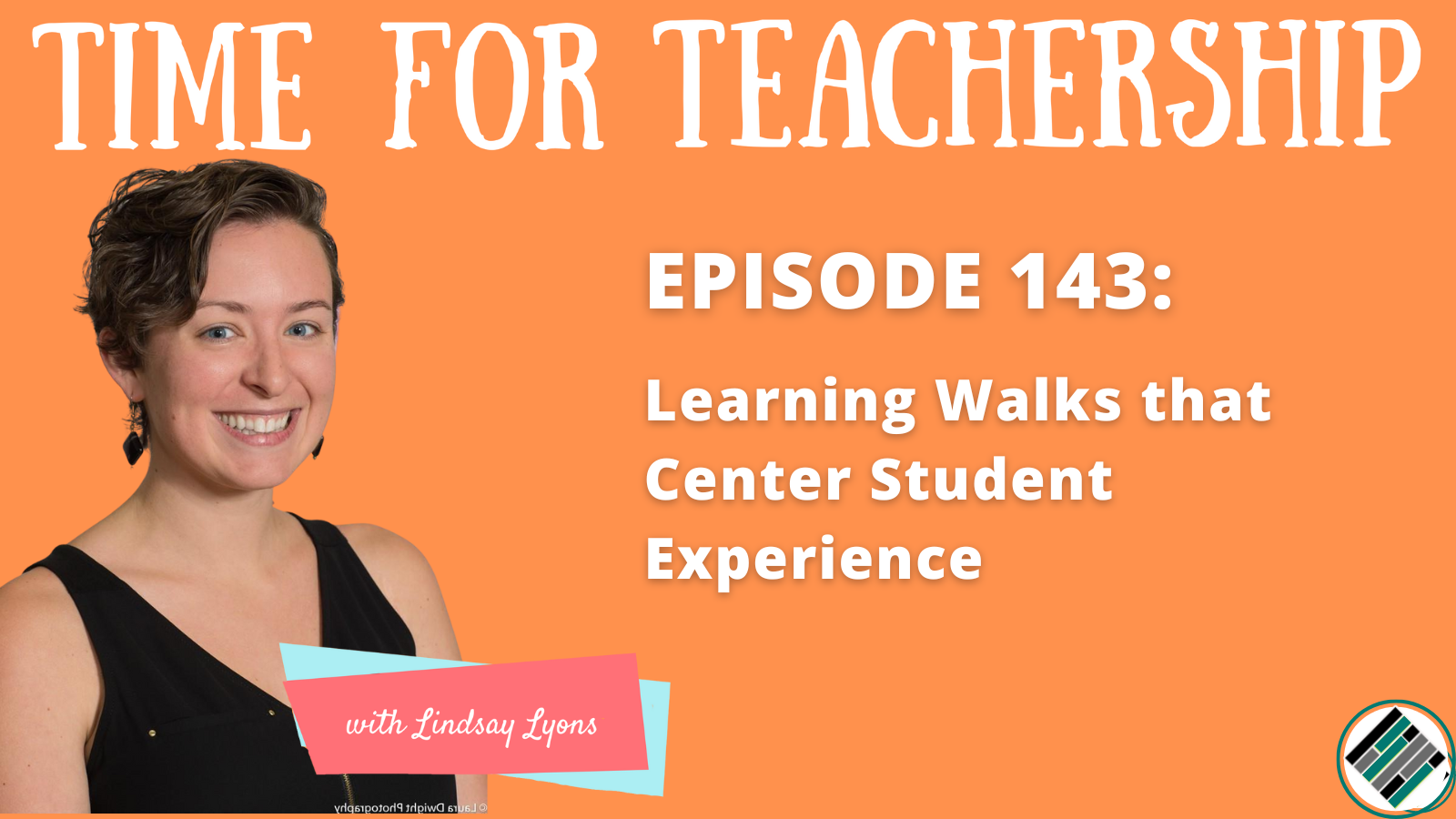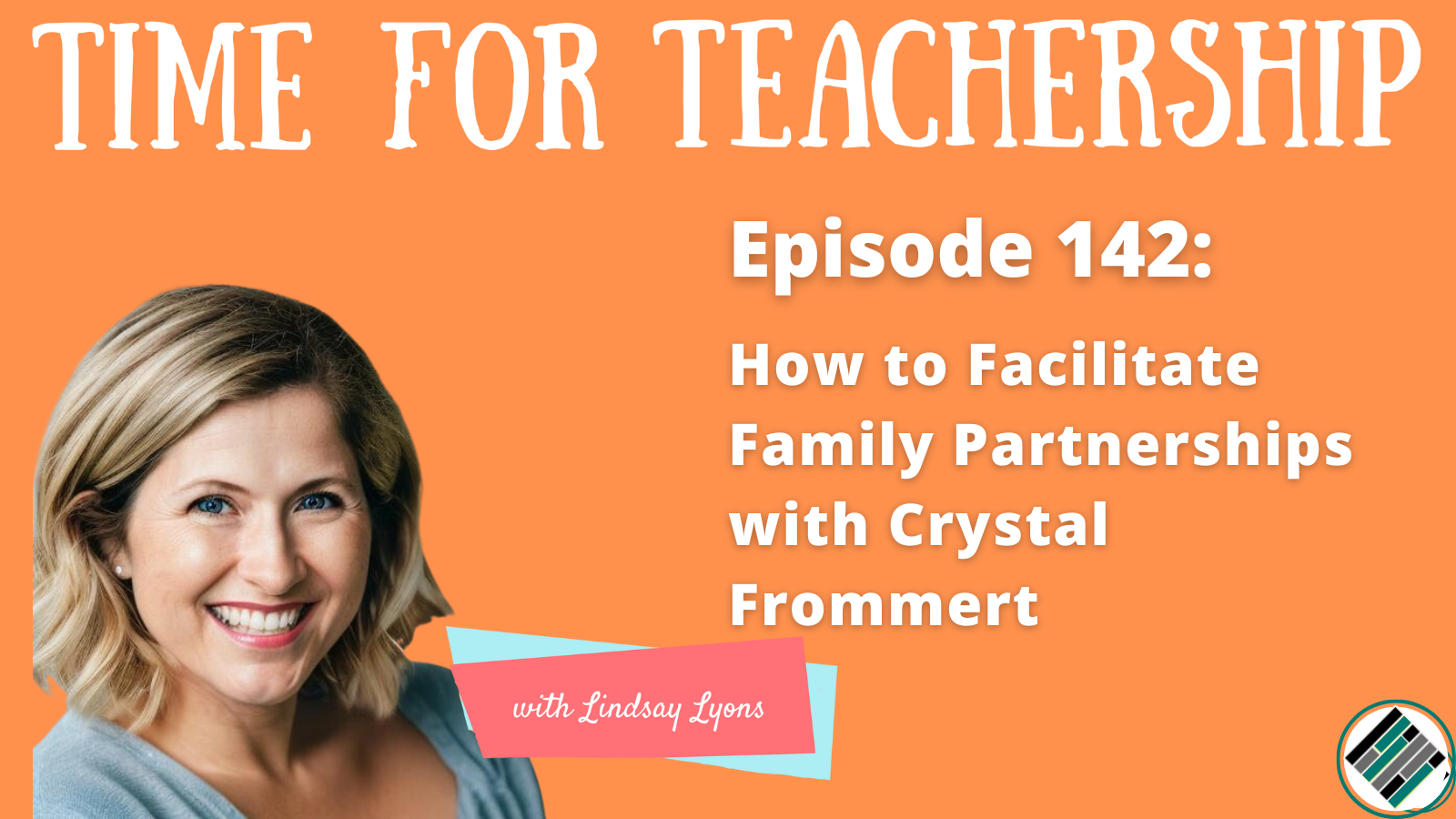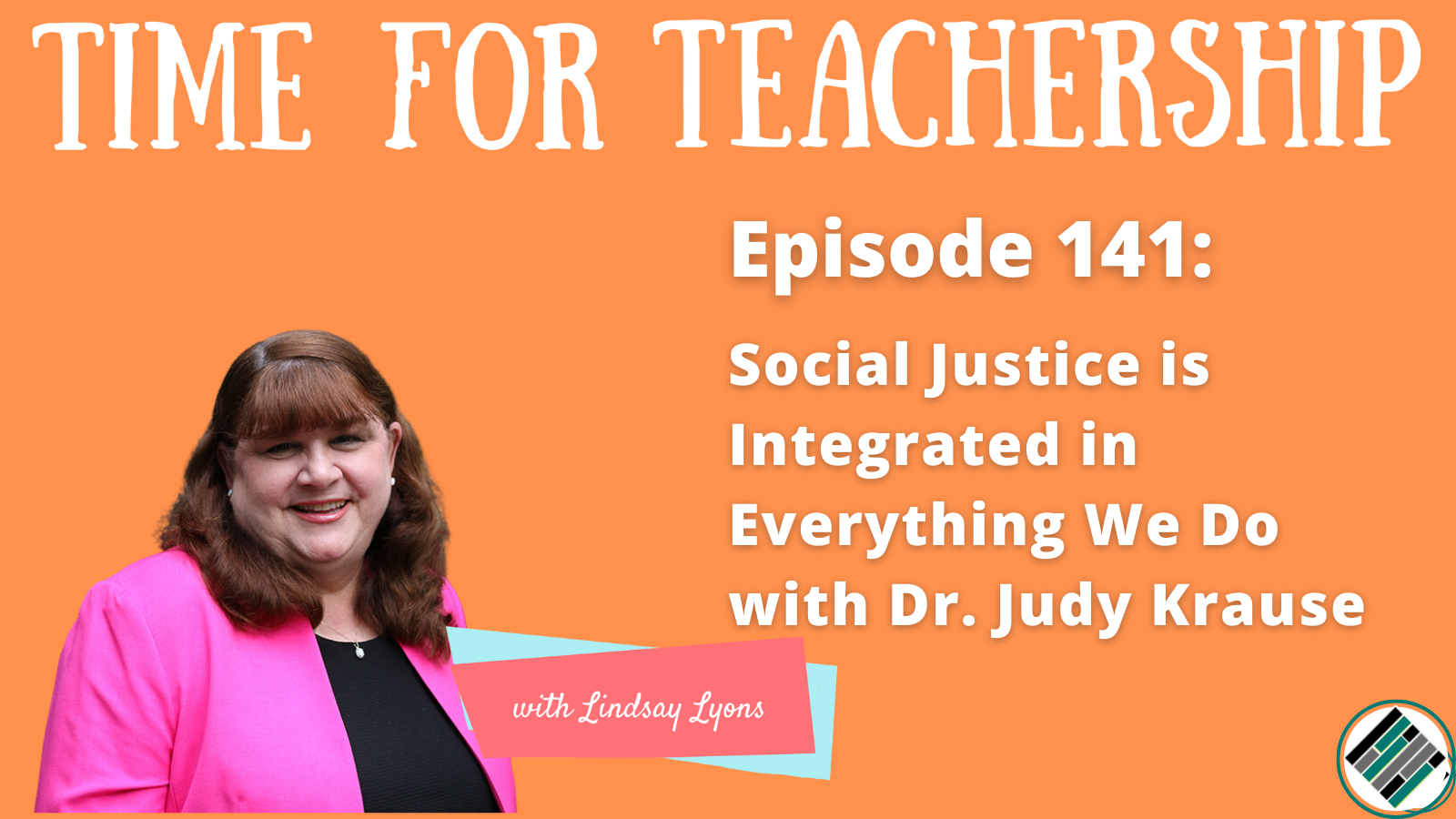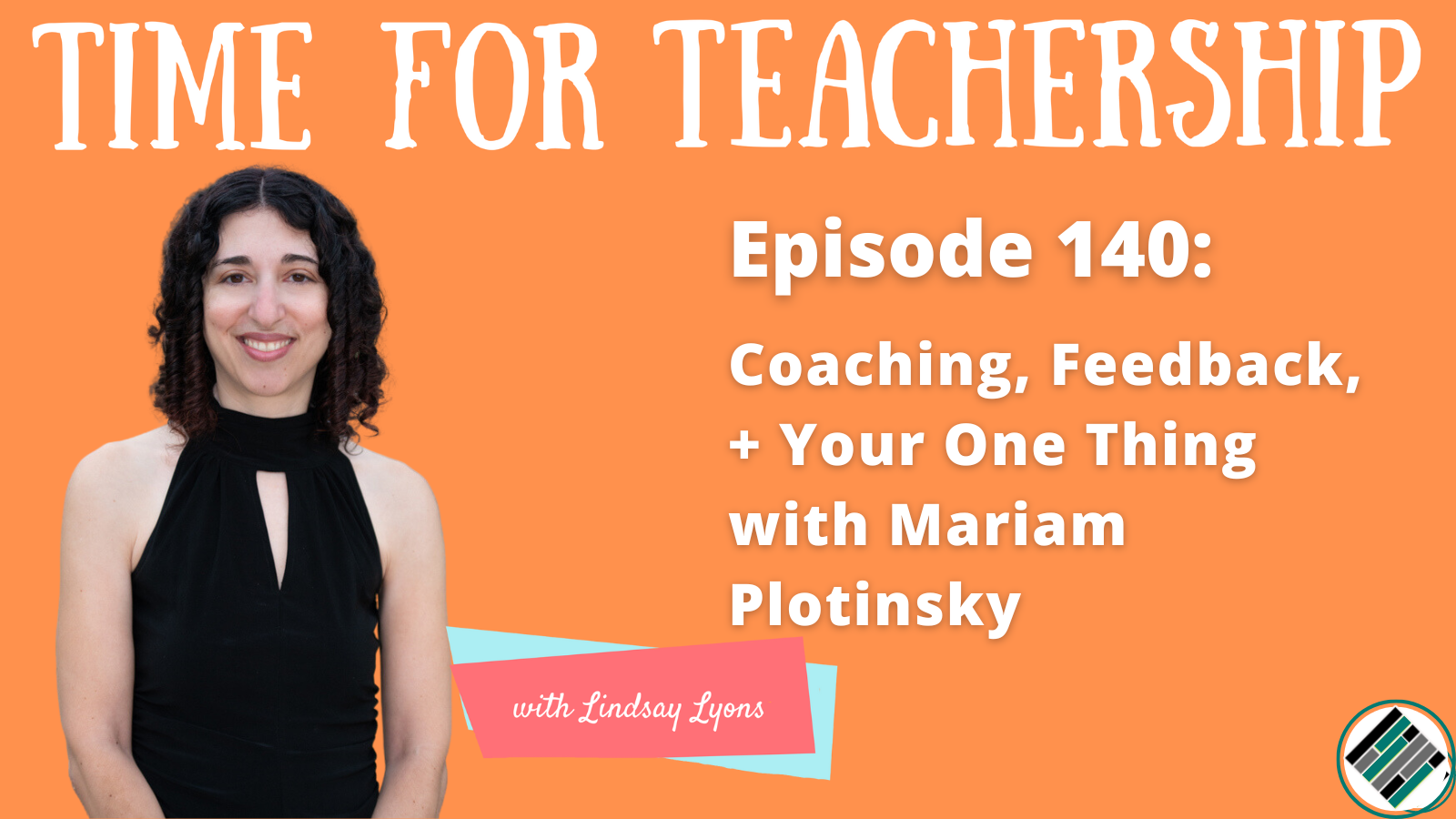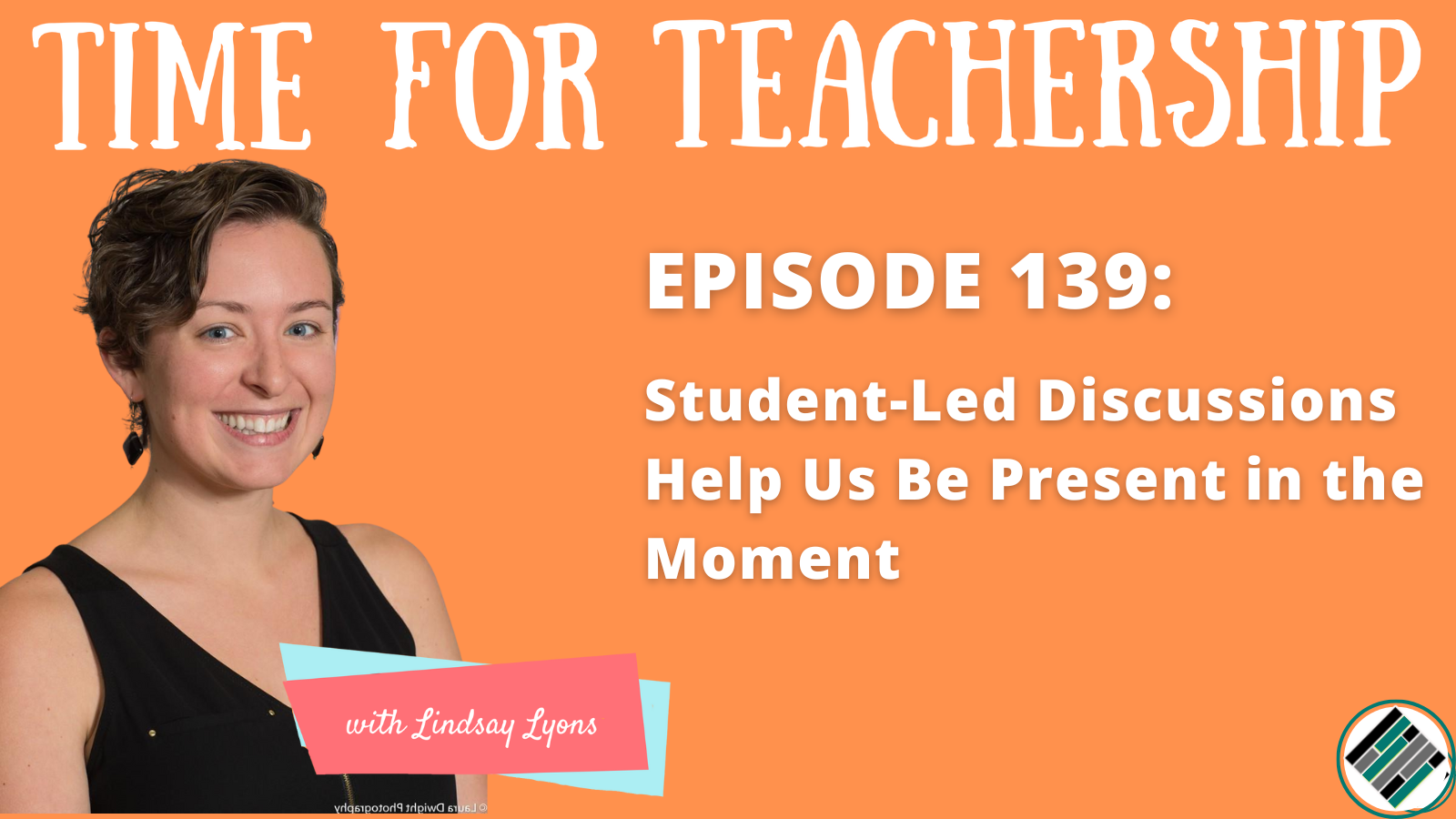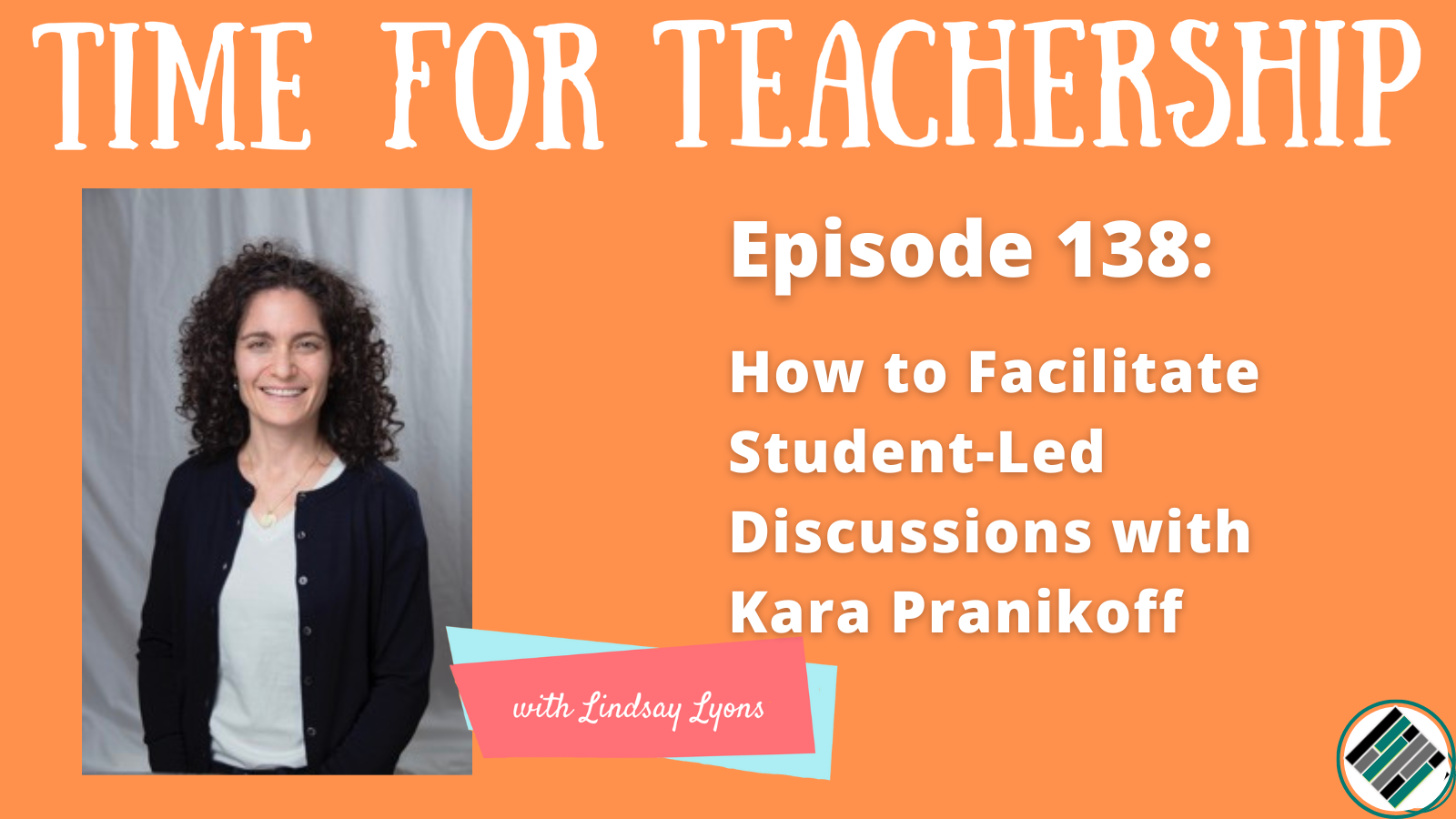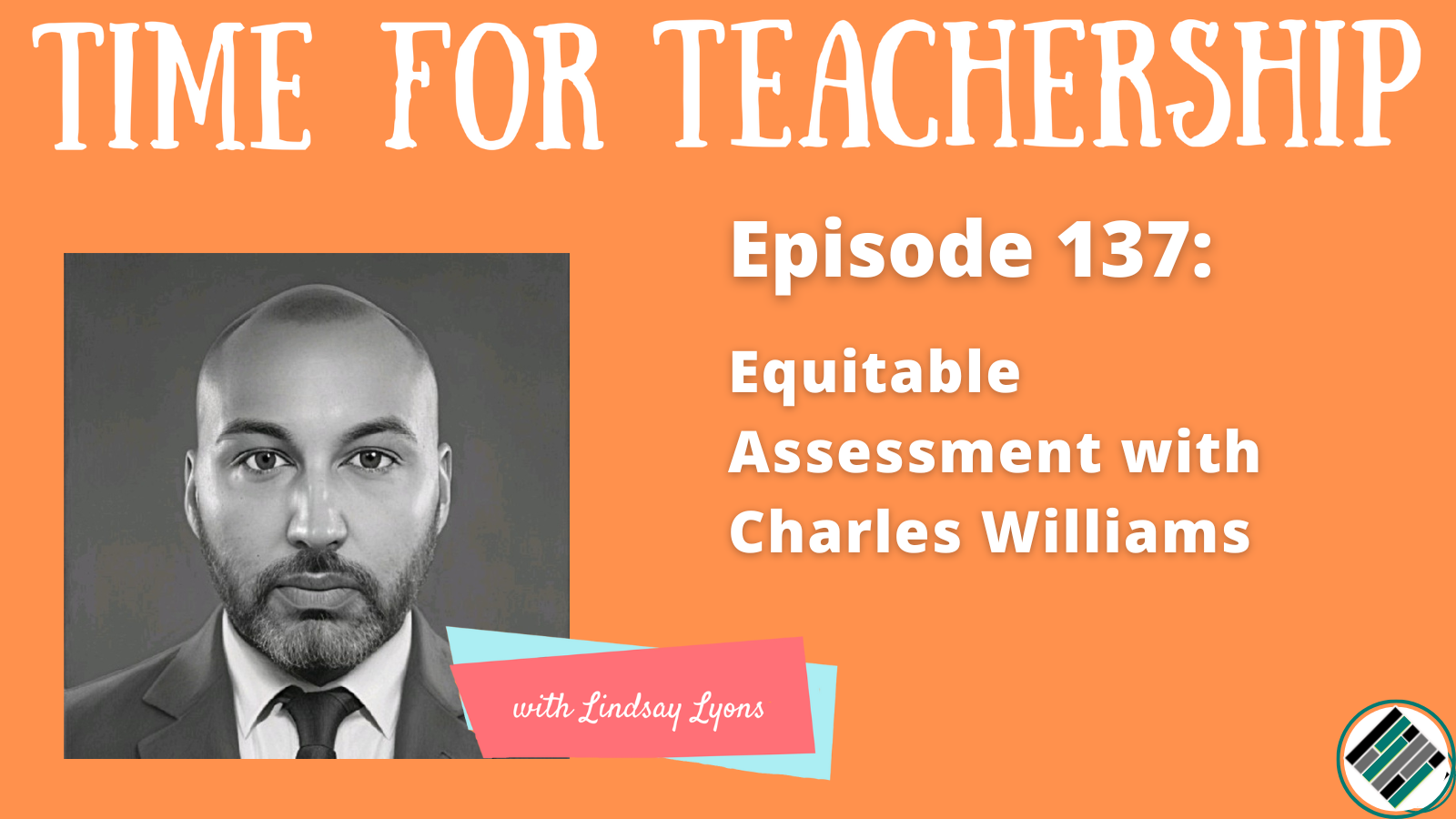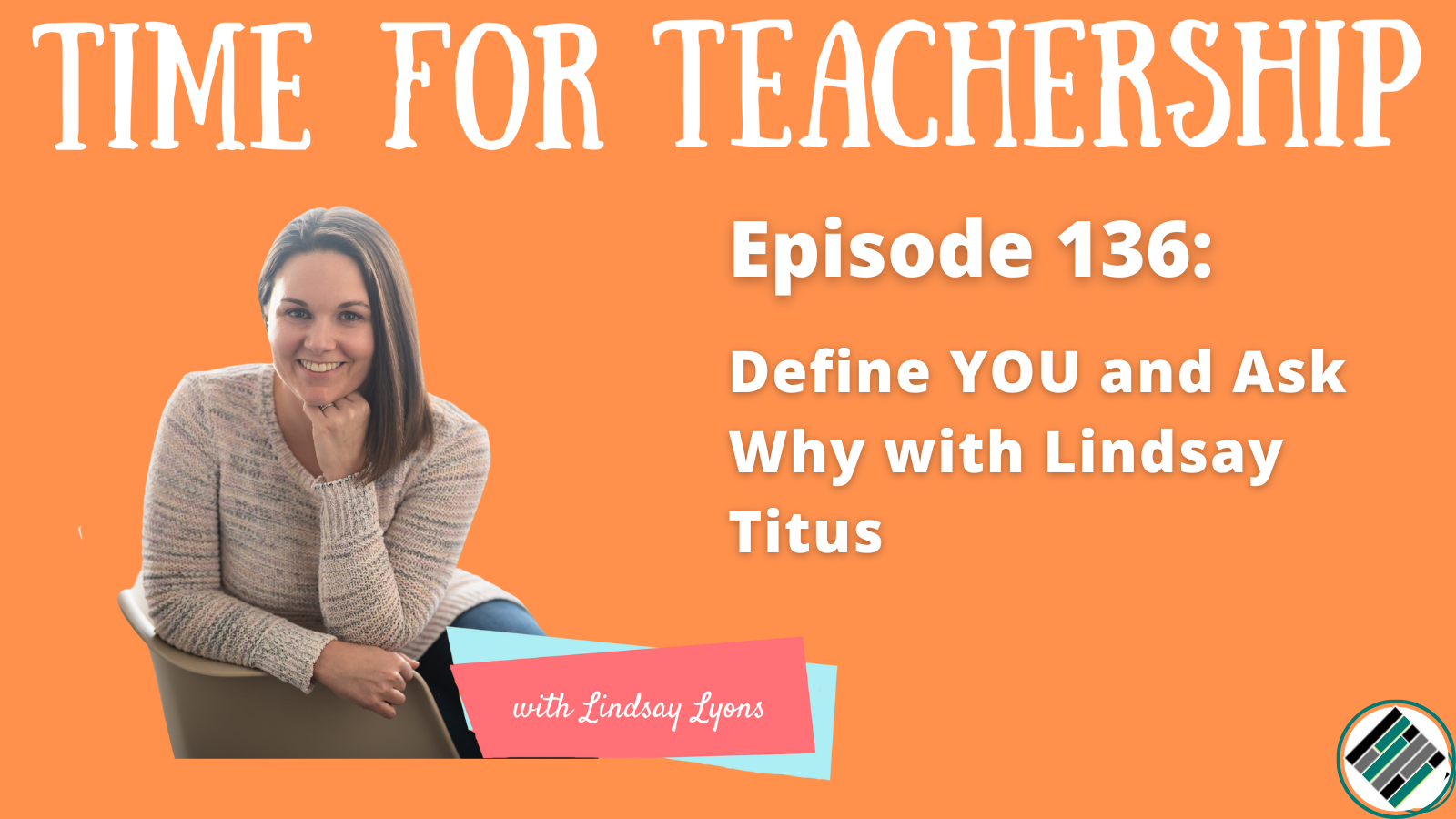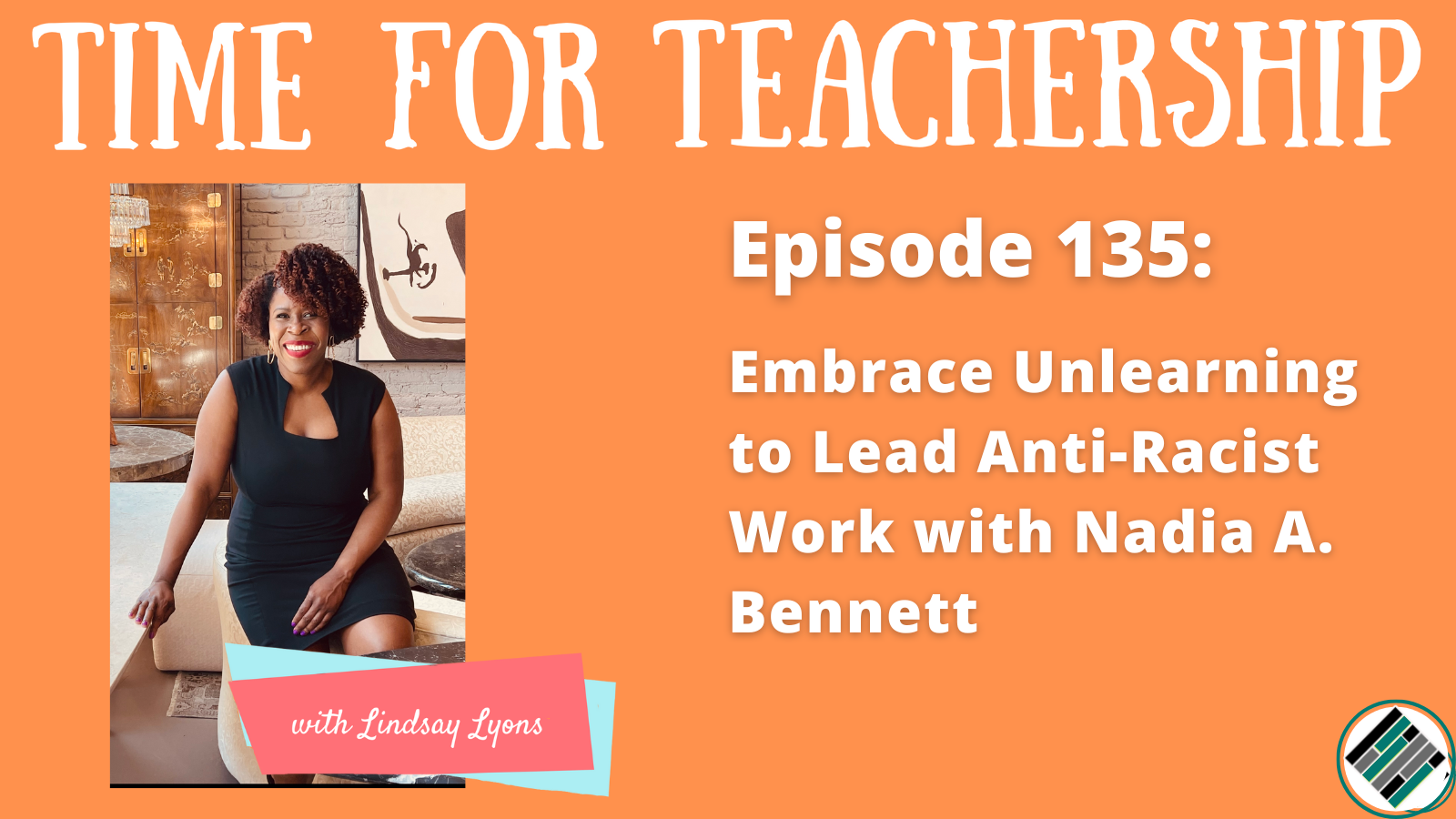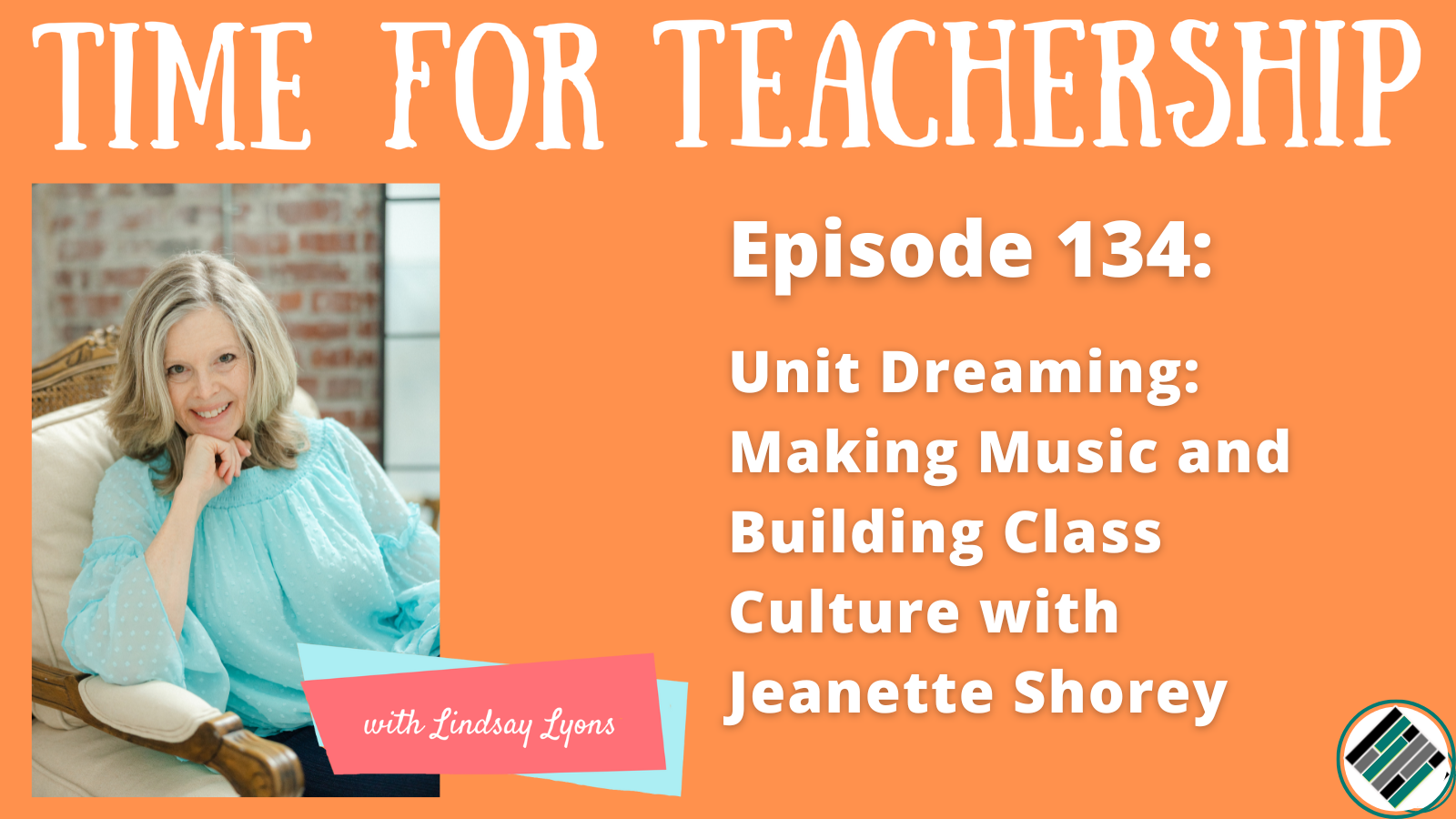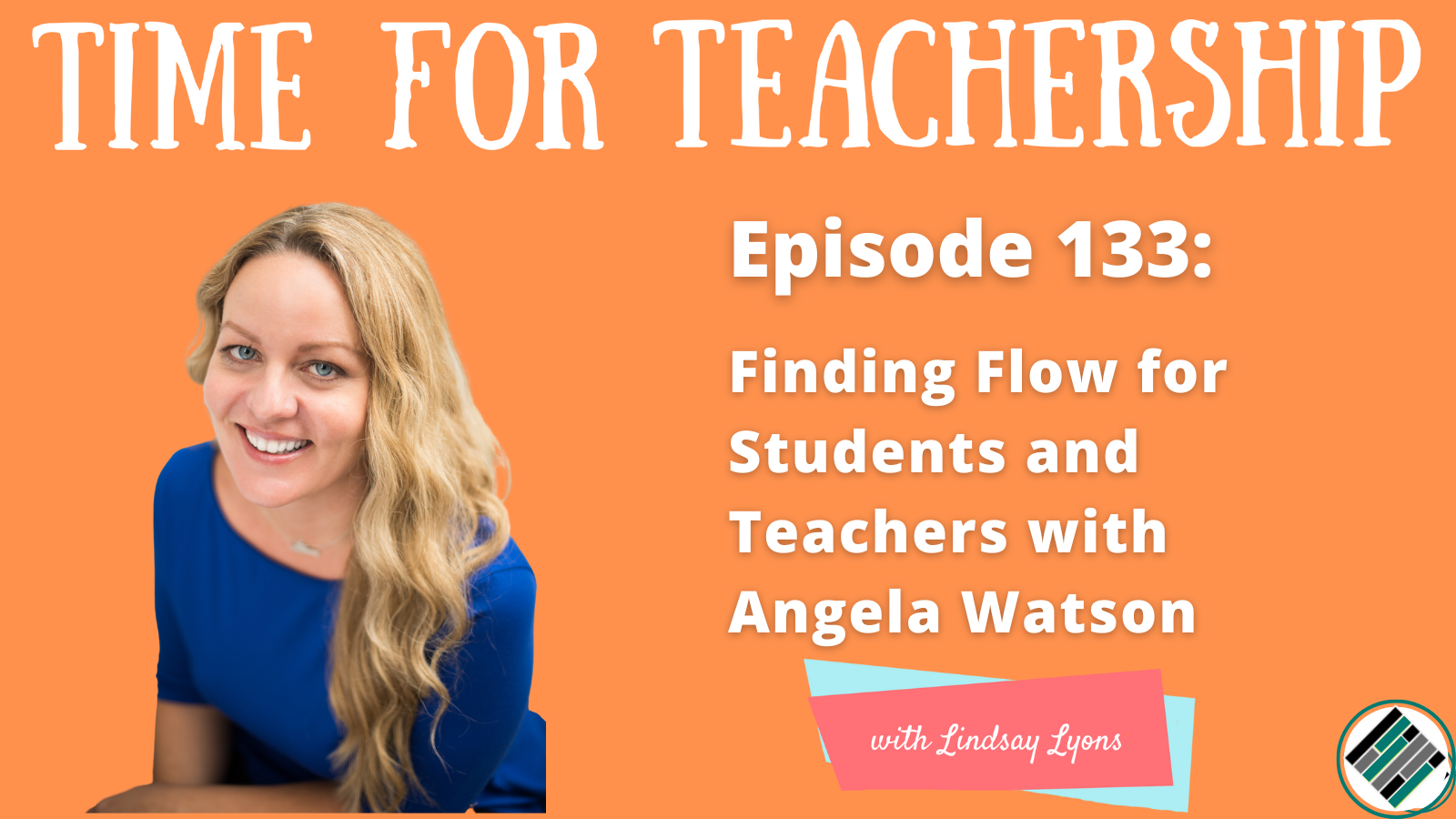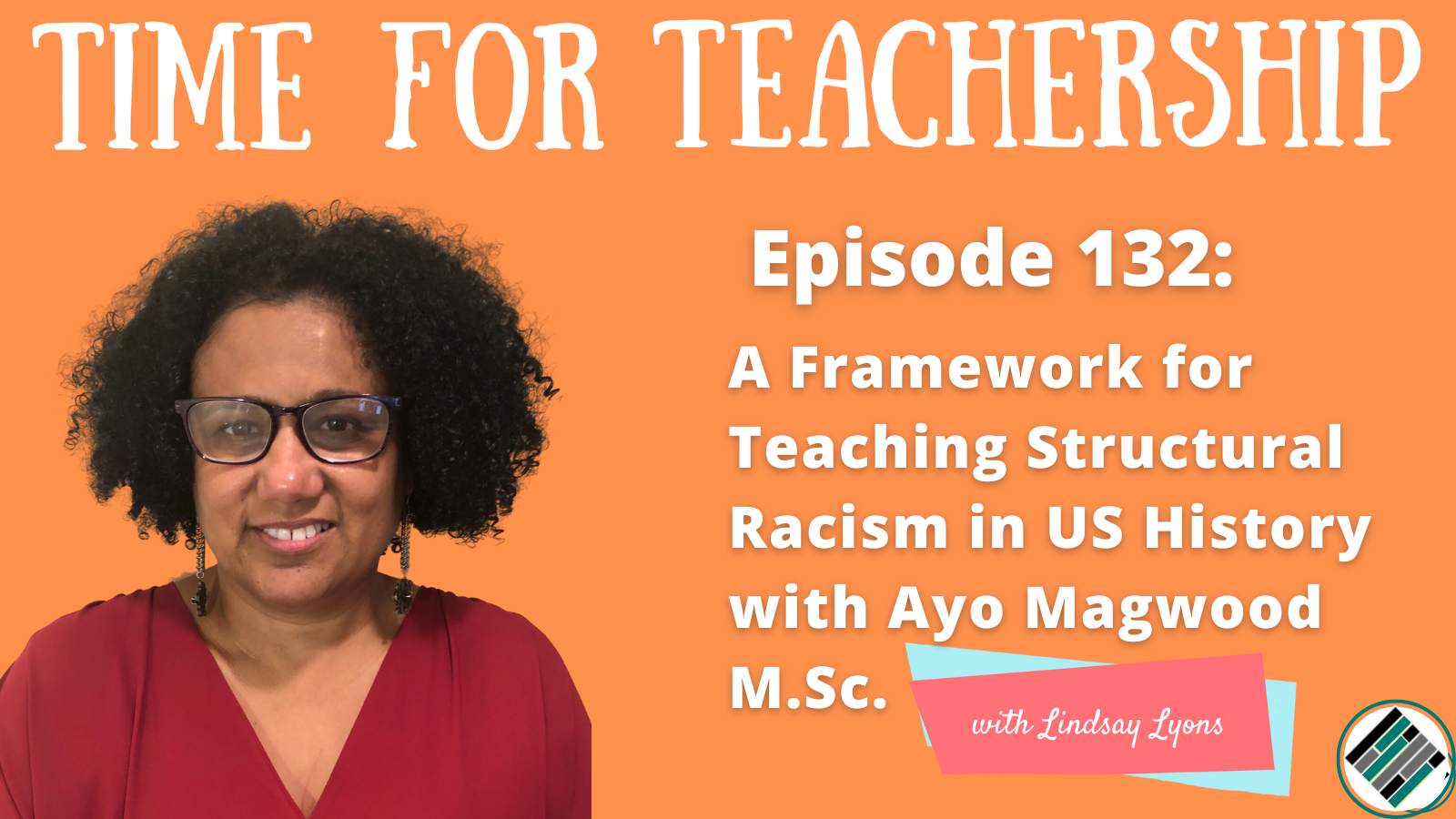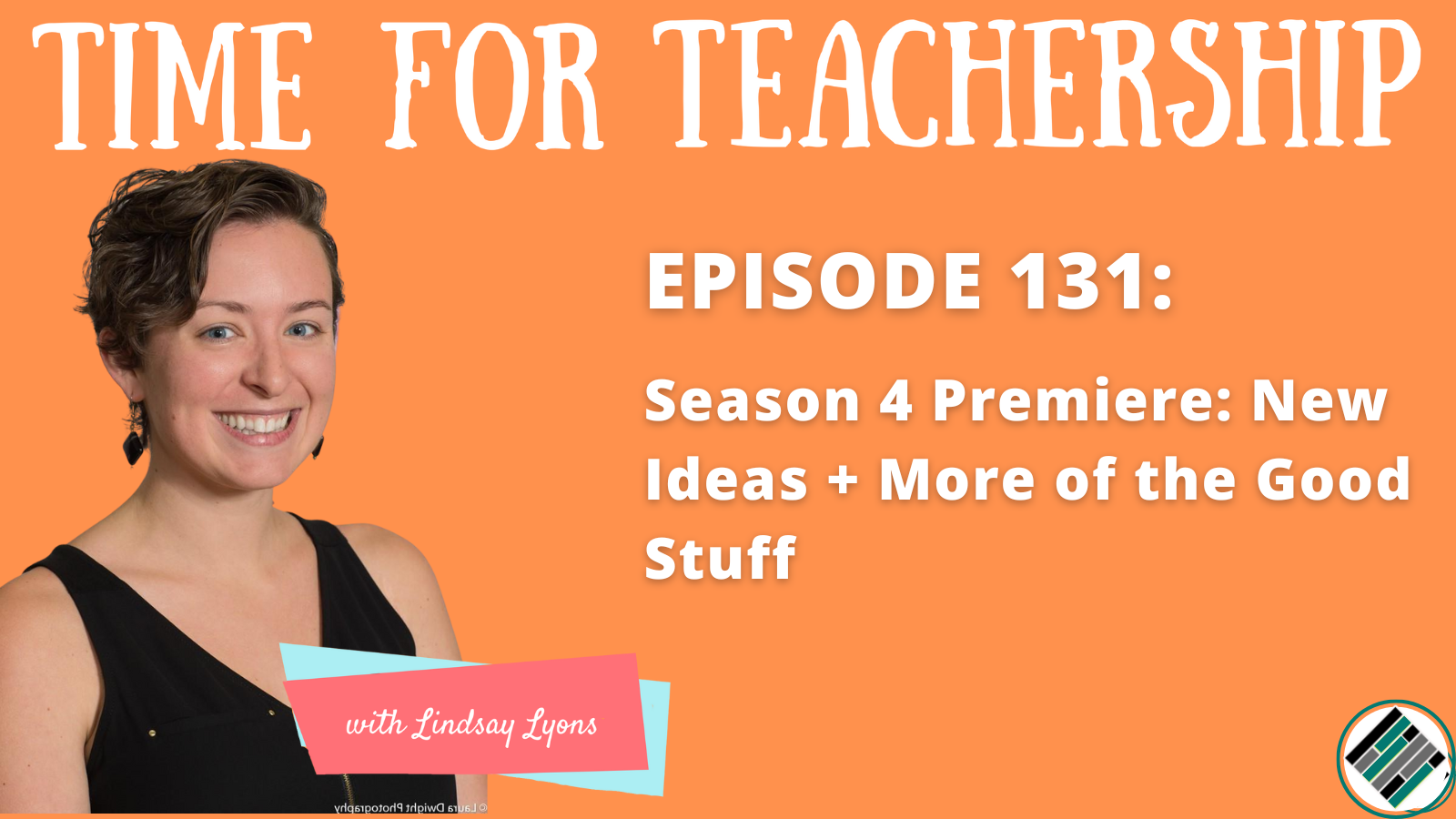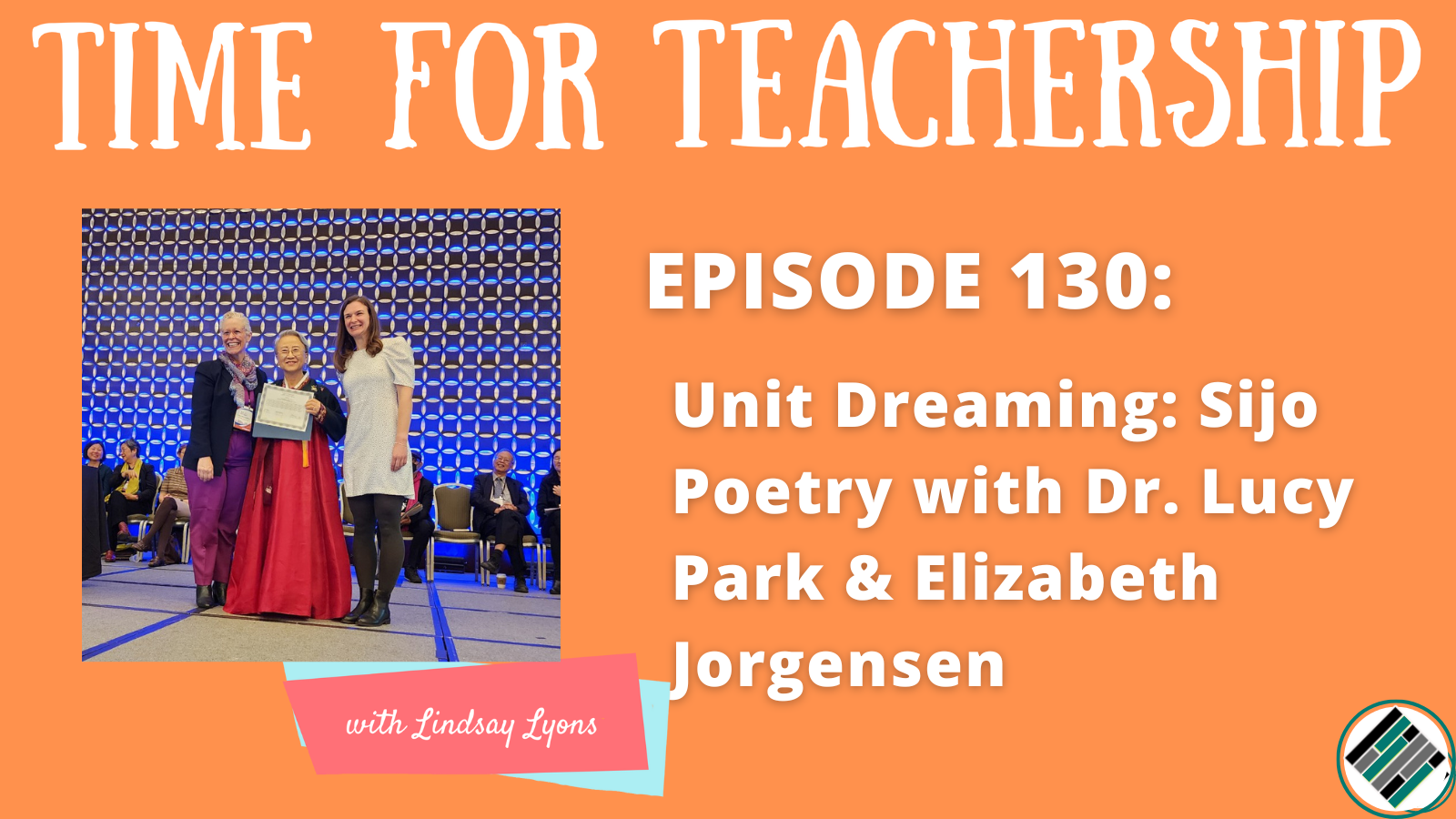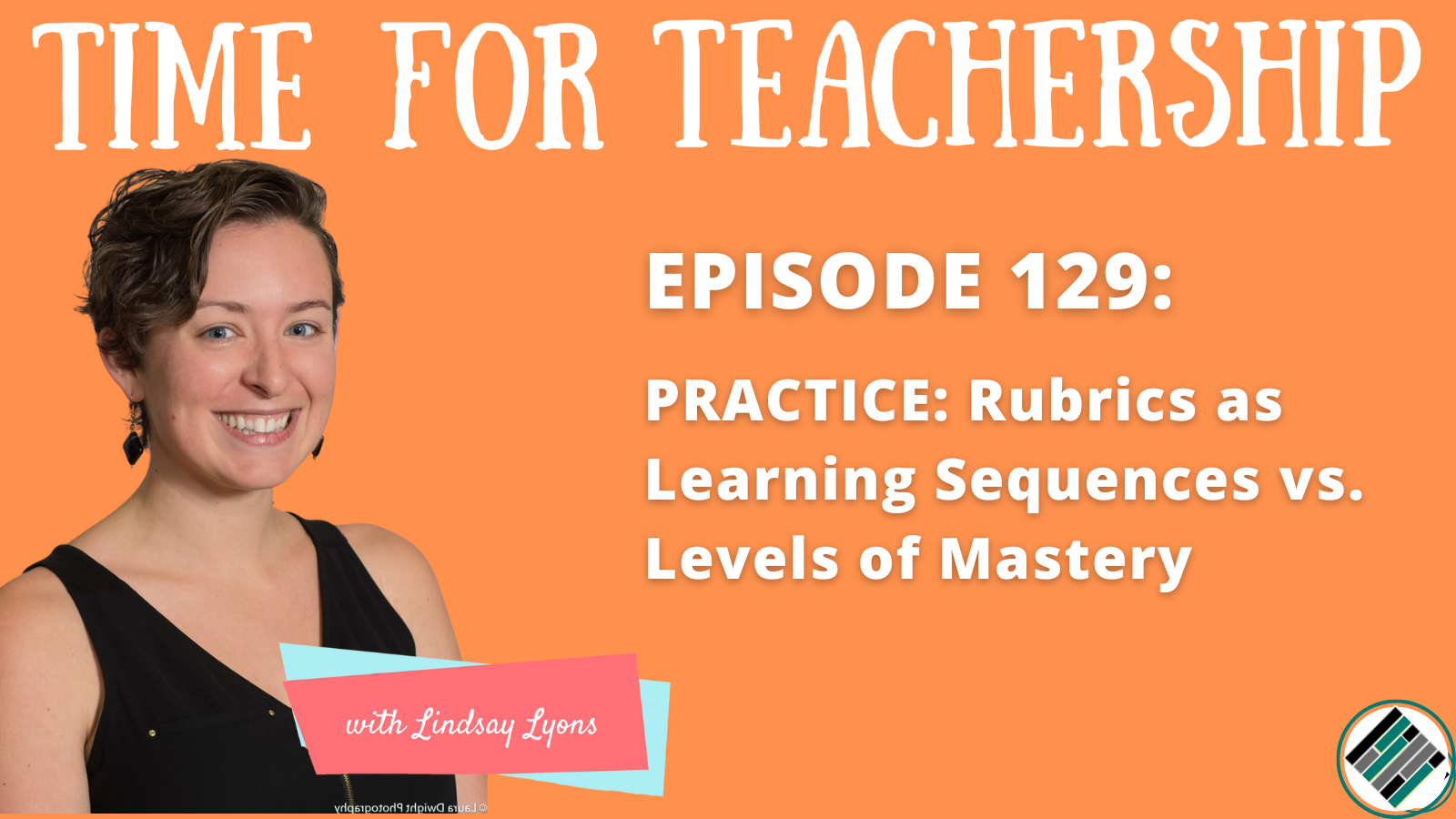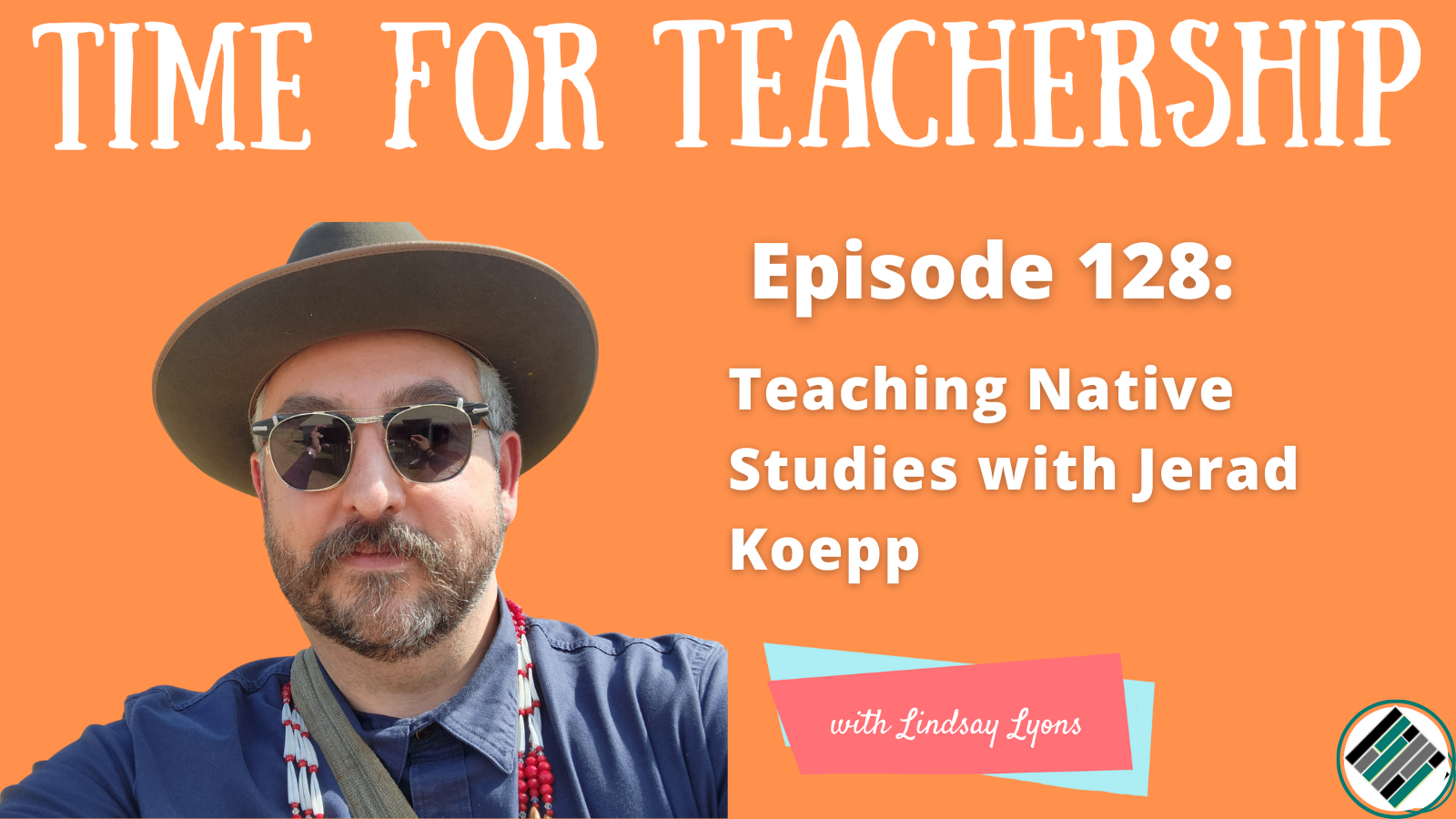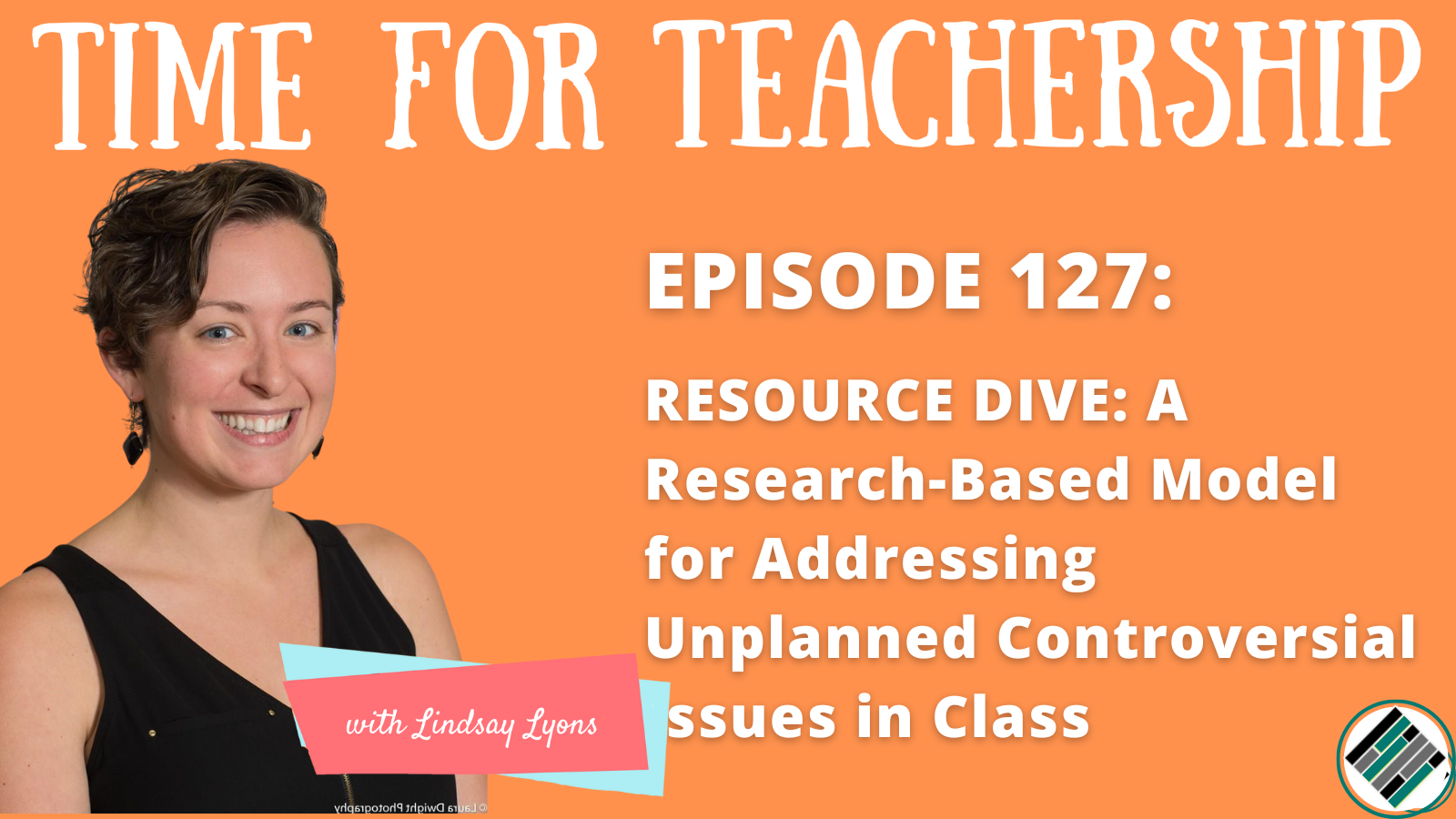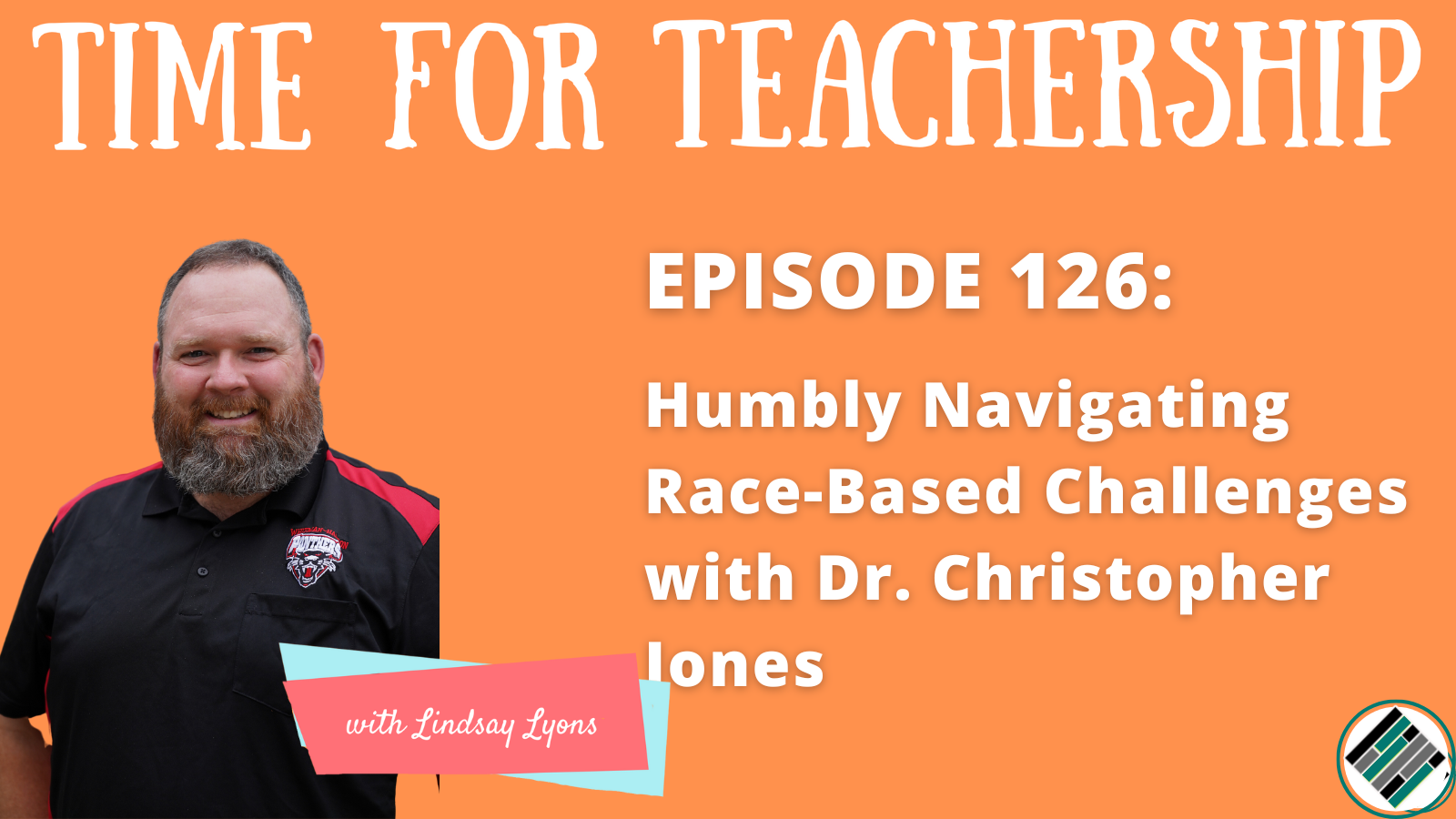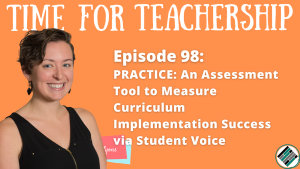
Have you ever wondered whether your new unit or curriculum was successful?
Or, more basic—how can you even measure success?
Educators often design and implement new units without a clear idea on how they’ll measure its success. But without knowing that, there’s no room to improve. And there’s no affirmation that it’s met the learning goals you want to meet.
That’s why I’ve developed an assessment tool that measures curriculum implementation success. It’s framed by listening to student voices and soliciting feedback from your class about the unit.
Why Student Voice Matters for Assessment
Some units will “land” with students and others won’t. Or, within the same unit, you might have some who loved it and others who couldn’t keep up. But how will you know this information?
You’ve got to ask.
It’s simple: asking students for feedback on a unit will give teachers insight and understanding into the success of that unit. Teachers can then take their feedback and incorporate it into the next time they teach the unit or their next unit plan.
Student voice is the essential piece to this. So often we ignore student voice or don’t consider it important for the assessment of teachers. But their opinions and feedback on the units are some of the most important data points we can ever collect about how we’re doing.
Assessment Tool to Measure Curriculum Implementation Success
To effectively assess curriculum implementation success, you need to first facilitate a youth-adult partnership mentality among staff. I love how Michael Fielding calls it “radical collegiality,” or the idea that students and staff are partners in learning.
Once that is established, you can move on to implementing this tool with your staff:
1. Coach teachers to create their next unit plan
Start by coaching your teachers to develop their next unit plan. If you don’t personally coach them, provide support by way of mentorship or a course. This unit should meet three criteria:
Appropriately challenge students
Affirm students’ multiple identities
Inspire them to create something new
2. Create a feedback culture
After implementing the unit, teachers should invite students to reflect and provide feedback on the unit. This should be more than a one-time thing but become a culture of reflection that always happens on the last day of the unit.
This is where my assessment tool comes in. It’s a simple questionnaire that can be tweaked or adjusted to what you need and is designed to elicit honest, open, and useful feedback from students.
The questionnaire is designed to reflect on pre- and post-unit feelings or outcomes. It’s helpful to know how students felt about their learning before this unit and how they feel after it.
Here are some of the questions:
How often did your teacher take time to make sure you understood the material before the unit? (Before this unit and during this unit—same for all)
How high are your teacher’s expectations for you?
How often are you asked to challenge usual ways of thinking or explore how underrepresented people experience a situation?
How much do you feel like all your identities are affirmed?
How excited were you to go to this class?
How much difference did your work make in the community?
Then, there are some open-ended qualitative questions. This is where student voice is really amplified, as they’re encouraged to give honest feedback. Some examples are:
What was helpful about this unit?
What changes would you make?
How can your teacher make sure the curriculum is affirming, inspiring, and challenging in the future?
3. Synthesize and share class themes
After collecting feedback, you want to synthesize the class themes and share it back with students. Get curious about what they’re saying by seeking clarification on certain points.
Then, assign yourself (and teachers) homework by taking up the action points the students provided. If you can’t act on a suggestion, be transparent about why that is. This process is integral to showing your students that their voice matters and will impact how teachers move forward teaching them.
—
This entire process has to do with curiosity. Curiosity about how unit implementation is going and how students are receiving it. With this feedback, teachers can move forward with confidence knowing what works and doesn’t work and how to adjust things for the future.
To access this assessment tool, simply click here. You can download the tool and adjust it based on your context. And, if you’re looking for more information and some examples on how to use it, listen to episode 98 of the Time for Teachership podcast, where I cover it in-depth.
Quotes:
5:37 “Facilitate a youth-adult partnership mentality among staff. Michael Fielding in the student voice literature calls this radical collegiality—basically seeing students as partners in the learning process.”
7:30 “Coach teachers to create a unit that is focused on, appropriately, challenging students, affirming students’ multiple identities, and inspiring them to create something new. These are the big hallmarks of a fantastic curricula.”
9:25 “Create that culture of, ‘we invite student reflections at the end of each unit … And it’s okay if it takes an entire class period to do this … an entire 30, 45, 60 minutes. Because we’re saying, ‘we value this.’”

